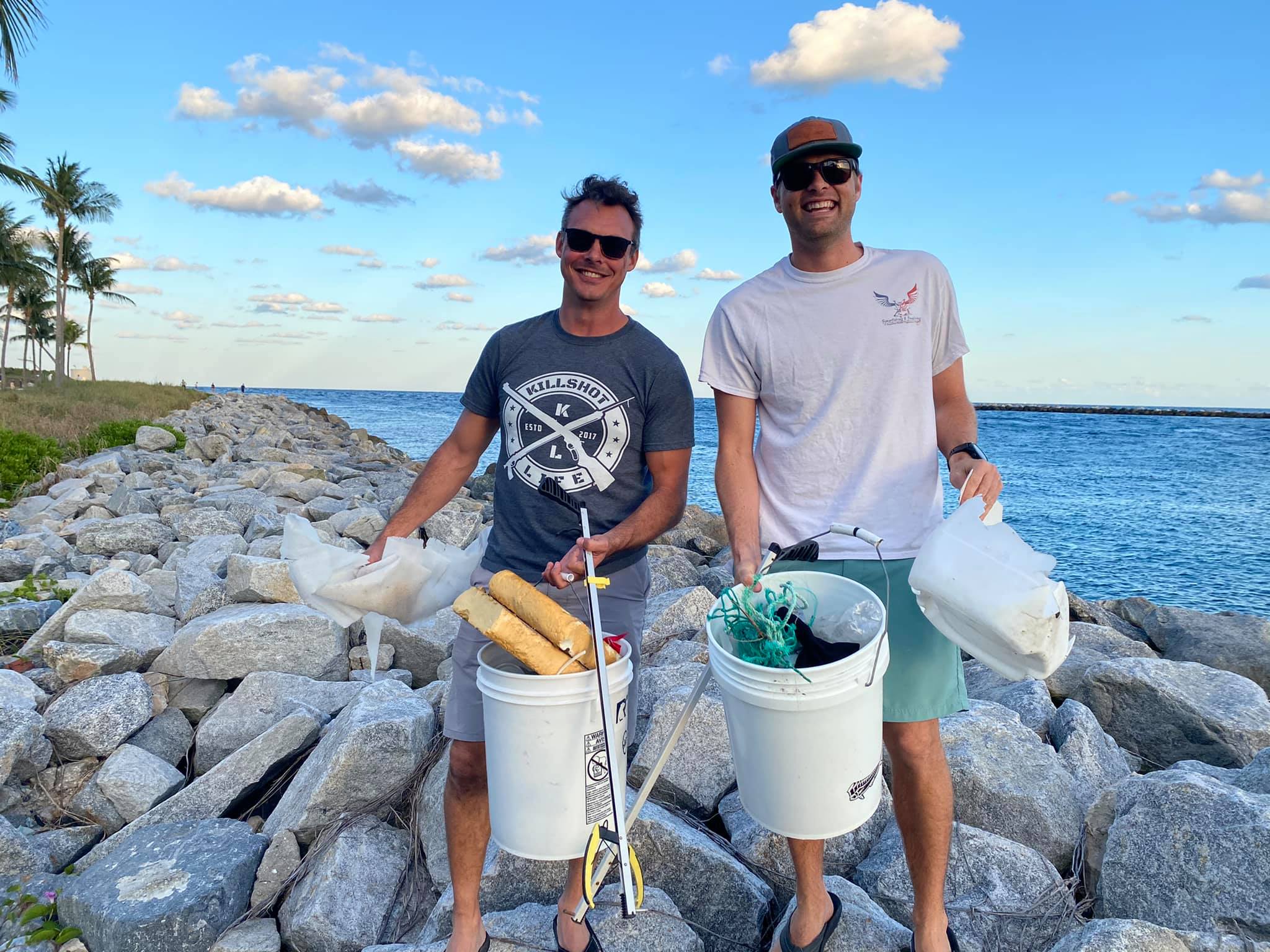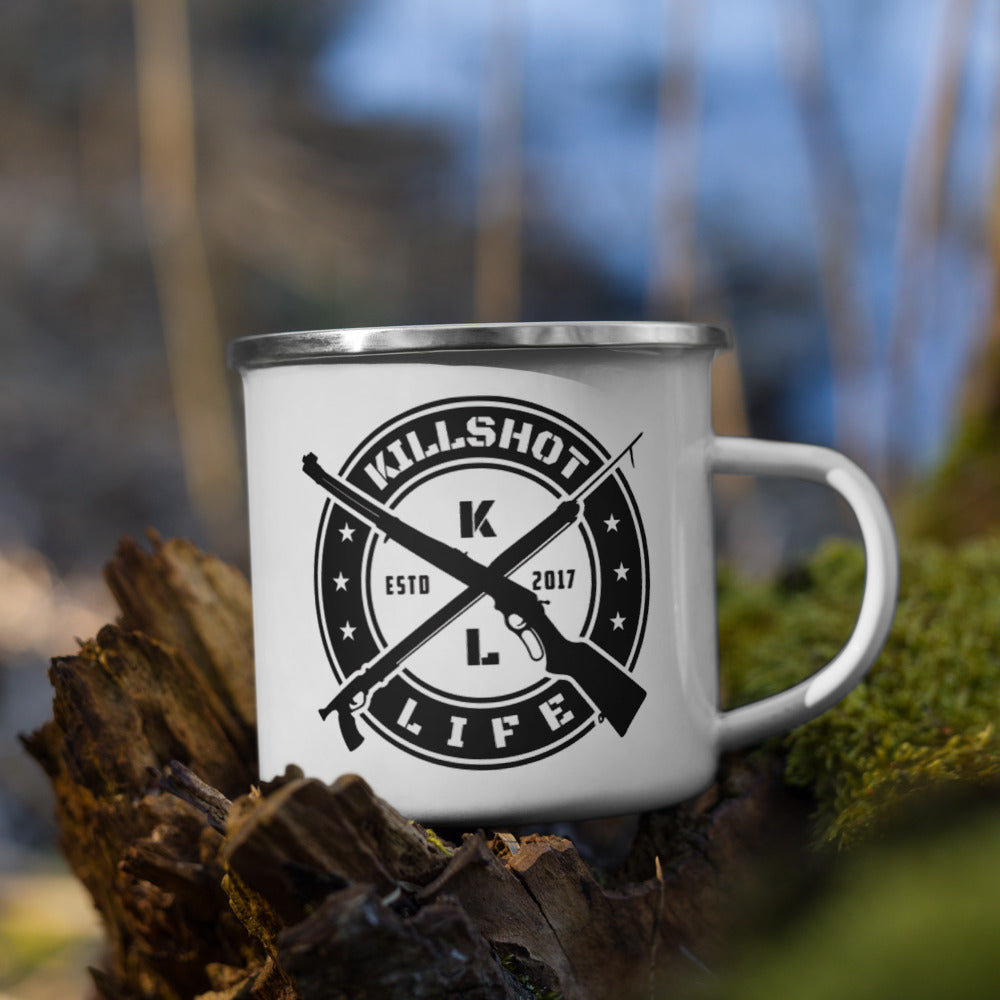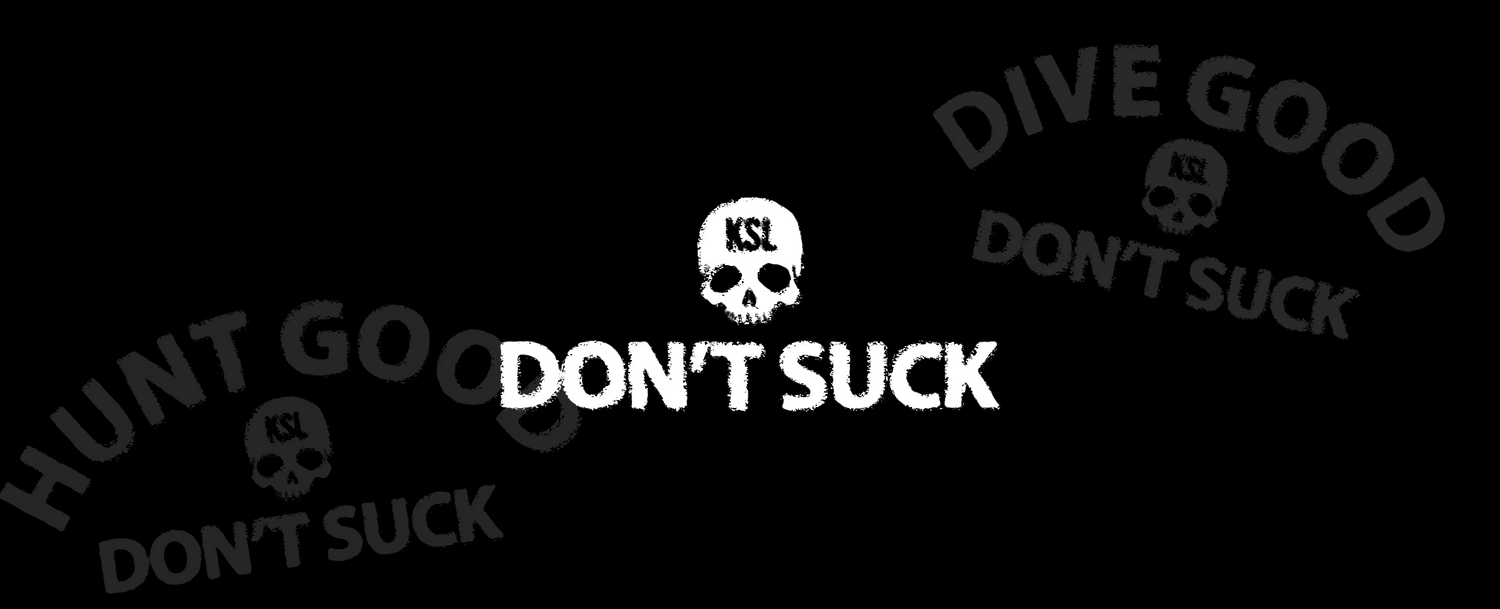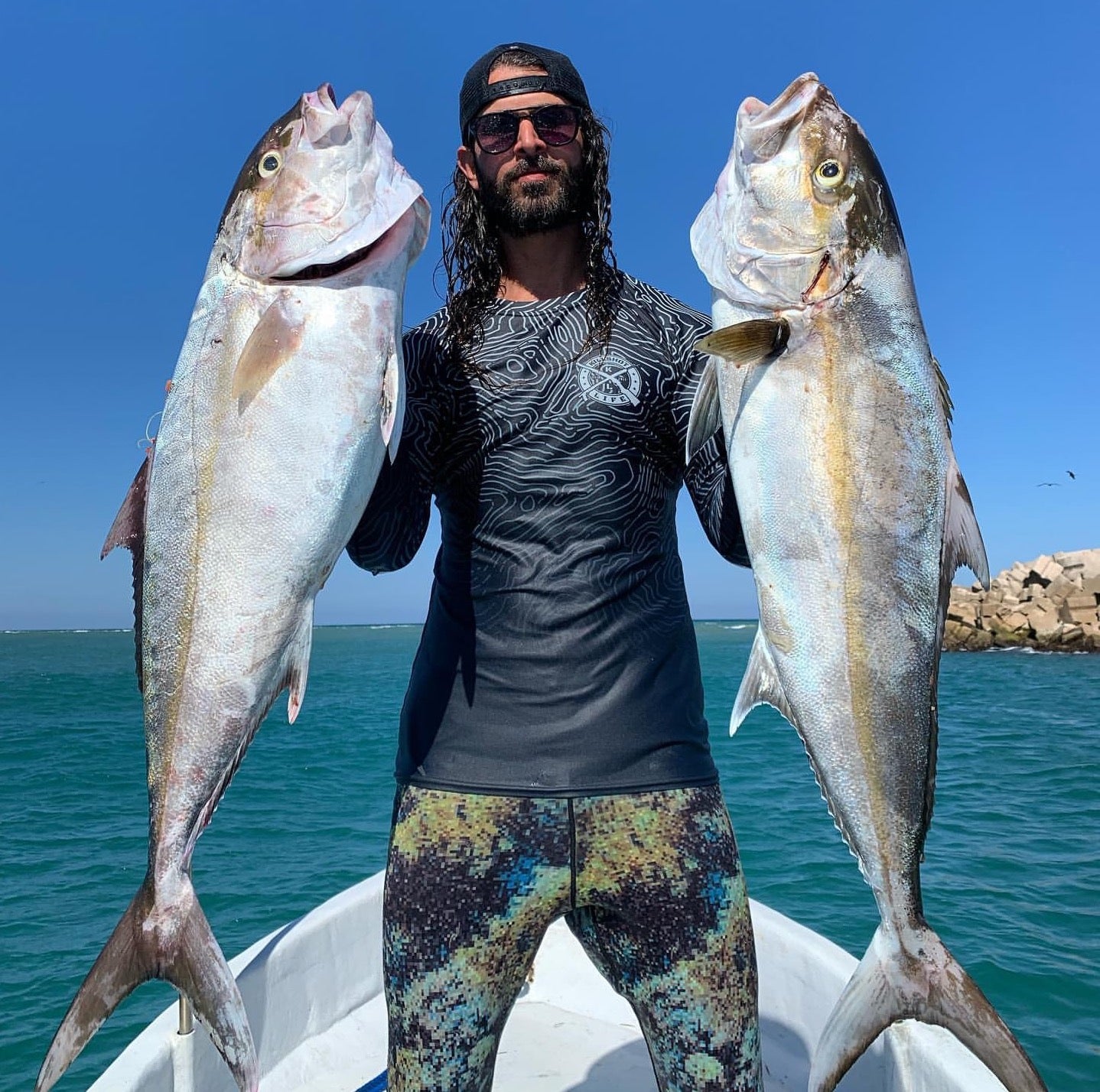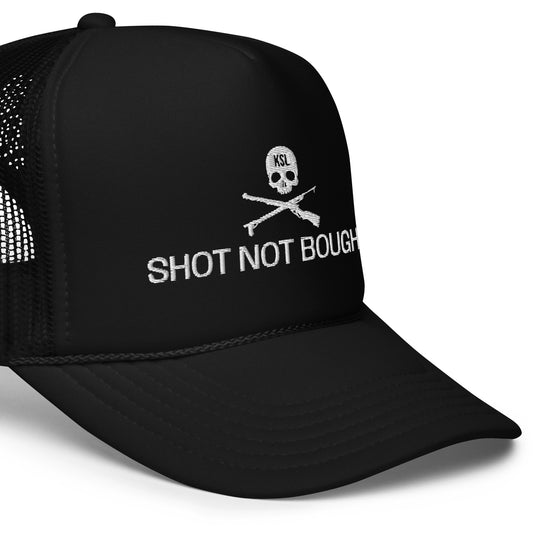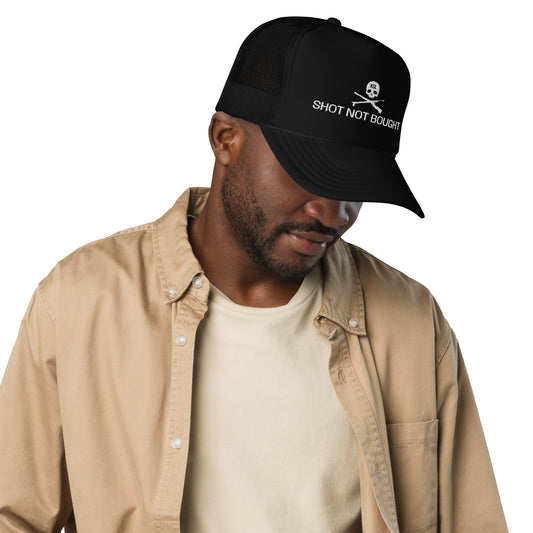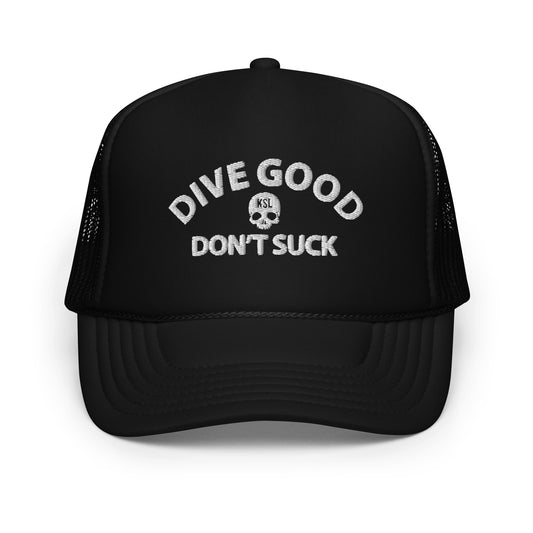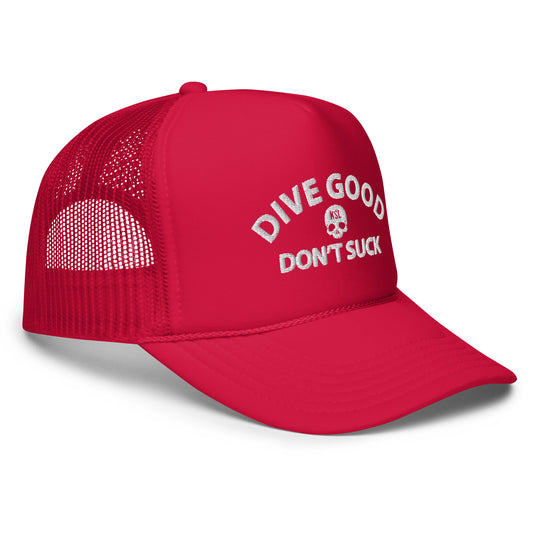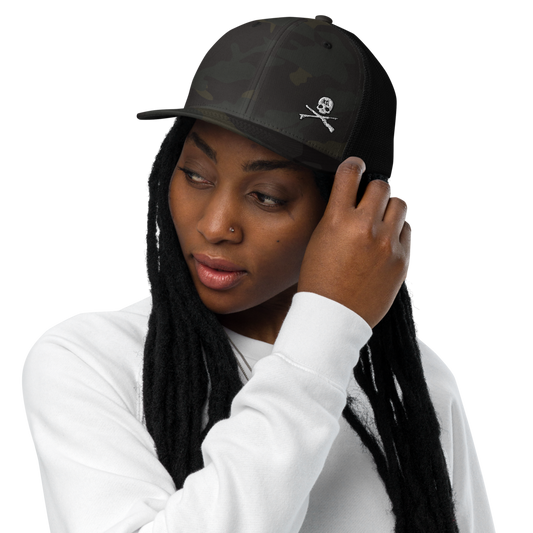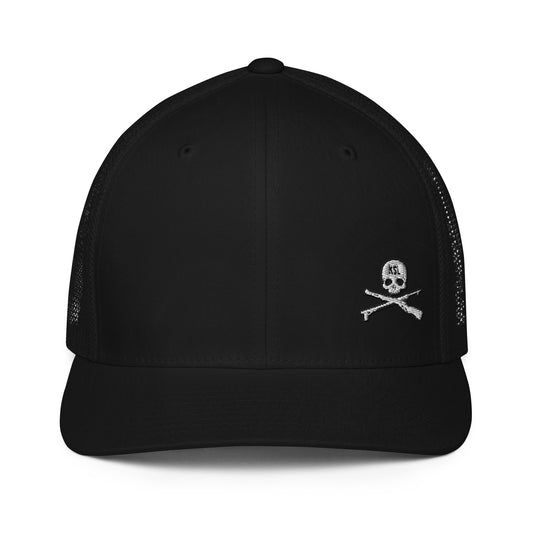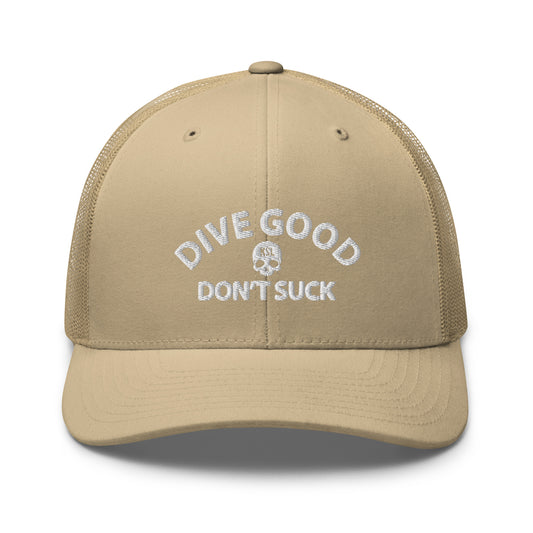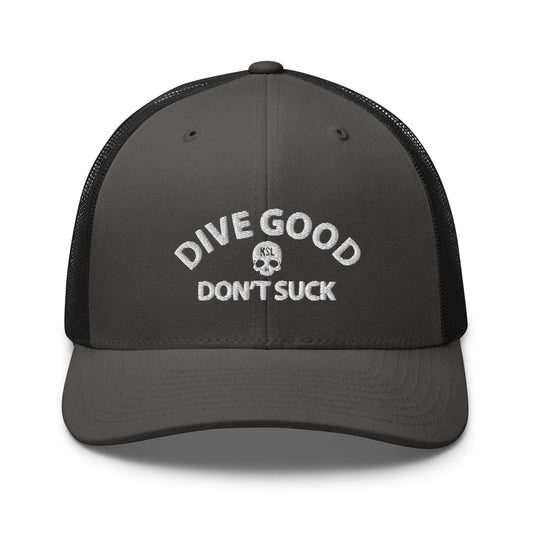The Ultimate Guide to Freedive Spearfishing in the Florida Keys: Targeting Hogfish, Mutton Snapper, and Grouper
Share
If there’s a paradise for freedive spearfishers in the continental U.S., it’s the Florida Keys. Warm, clear waters, thriving reefs, and diverse fish populations make this island chain a spearfishing dream. Whether you're a seasoned diver or just getting started, the Keys offer an unforgettable experience—especially if you're targeting prized species like hogfish, mutton snapper, and black grouper.
In this guide, we’ll dive deep into how to find and hunt each of these fish, what gear to bring, whether chum helps, and what regulations you need to follow on both the Atlantic and Gulf sides of the Keys.
Want a taste of spearfishing in Key West? Check out this spearfishing catch and cook from the KILLSHOT Life crew:
Where to Find Your Targets
Hogfish (Lachnolaimus maximus)
Habitat: Hogfish prefer patch reefs, hardbottom ledges, and sandy areas near coral heads—typically in 10 to 60 feet of water. They're most often found in shallower areas compared to grouper or mutton.
How to Hunt: These fish are curious and can often be drawn in with subtle movement. Hogfish are known for being approachable but don't count on that if they’ve been pressured. Dive slowly, keep your body language calm, and approach from above and behind. Don’t chase. Let them come to you.
Tips:
- Look for broken hardbottom, soft corals, and sponge-covered areas near grassy flats.
- If visibility is low, scan patches from the surface and make exploratory drops.
- Chum is usually unnecessary for hogfish; they are structure-oriented and respond more to body language than scent.
Mutton Snapper (Lutjanus analis)
Habitat: Mutton snapper roam grassy and sandy bottom near structure, often hanging just off the edges of reefs or wrecks. They are found anywhere from 30 to 100 feet but are more commonly hunted in 45 to 75 feet in the Keys.
How to Hunt: Muttons are wary and quick to bolt. To improve your odds, use the "aspetto" method—drop down, lie still on the bottom, and wait. A well-timed grunting noise (made by tightening your throat and pushing air) can draw their curiosity.
Tips:
- Drift dive along reef edges or drop-offs.
- Chumming can help but is a double-edged sword: it may bring in muttons but also sharks or Goliath grouper.
- If you use chum, keep it sparse and subtle—too much will scatter them or attract the wrong attention.
Black Grouper (Mycteroperca bonaci)
Habitat: Black grouper favor deeper reef ledges, large coral heads, and wrecks—usually in 40 to 120 feet. They’re ambush predators and like to hole up in caves or under rocky overhangs.
How to Hunt: Stealth and patience are essential. Once spotted, don’t rush the shot. If they hole up, be prepared to make follow-up drops. Use a powerful gun and a reel or floatline setup—these fish are strong and will pull you into structure.
Tips:
- Scout spots ahead of time with a GPS/depth finder combo.
- Larger blacks often move solo or in pairs, especially in deeper water.
- Chum isn't particularly helpful for black grouper unless you’re trying to pull them from deeper structure.
Essential Gear for Freedive Spearfishing in the Keys
- Freediving fins: Long-blade plastic, fiberglass, or carbon fins for efficient propulsion.
- Low-volume mask: Keeps equalization easy and improves peripheral vision.
- Speargun: 100–120cm railgun with a reel is ideal for most of the Keys. For deep structure, a floatline setup may be safer.
- Wetsuit: A 1.5mm to 3mm suit is usually enough year-round. Avoid black—camouflage patterns help.
- Weight belt: Rubber belts with quick-release buckles. Adjust weight depending on your wetsuit and depth.
- Dive computer: Not essential for beginners but useful for managing surface intervals and depth tracking.
- Freediving safety gear: Always dive with a buddy and use a dive flag float. Never push your limits—shallow water blackout is a real risk.
Seasons, Size & Bag Limits (as of 2025)
General Notes:
- Florida waters around the Keys are divided into Atlantic and Gulf zones. Know which side you’re on!
- Regulations change—always check FWC’s website before a trip (https://myfwc.com).
Black Grouper
| Region | Open Season | Minimum Size | Daily Limit |
|---|---|---|---|
| Atlantic | May 1 – Dec 31 | 24 inches | 3 per person (aggregate grouper bag) |
| Gulf | Year-round | 24 inches | 4 per person (aggregate grouper bag) |
Note: Grouper aggregation closures may affect certain areas and times.
Hogfish
| Region | Open Season | Minimum Size | Daily Limit |
|---|---|---|---|
| Atlantic | May 1 – Oct 31 | 16 inches FL (fork length) | 1 per person |
| Gulf | Year-round | 14 inches FL | 5 per person |
Note: The Atlantic hogfish stock is more restricted due to prior overfishing—observe the stricter season and limit.
Mutton Snapper
| Region | Open Season | Minimum Size | Daily Limit |
|---|---|---|---|
| Atlantic & Gulf | Year-round | 18 inches | 5 per person (part of 10-snapper aggregate) |
Atlantic vs Gulf: What You Need to Know
- Atlantic Side: Clearer water, especially near the outer reef line. More pressure from both divers and hook-and-line fishermen. Expect to find muttons and grouper deeper (60–90 feet), while hogfish stick around 20–50 feet.
- Gulf Side: Murkier and shallower overall, but fewer divers. Hogfish and snapper can be found in surprisingly shallow areas (10–30 feet). Grouper may be limited to select wrecks or rock piles.
Safety & Sustainability Tips
- Dive with a buddy. Always. No exceptions.
- Use a catch bag or stringer attached to your float, not your body.
- Respect limits—they protect the fishery.
- Avoid shooting undersized or out-of-season fish. Even if you let them go, the injury may be fatal.
- Mark your float clearly with a dive flag, and avoid high-traffic boating channels.
Final Thoughts
Freedive spearfishing in the Florida Keys is more than just a sport—it’s a lifestyle. It’s about connecting to the ocean, mastering your body and mind, and harvesting your food with intention. Whether you’re chasing your first hogfish or targeting deep-water black grouper, the Keys offer opportunities that are hard to match anywhere else in the country.
Do your homework, dive safe, and take only what you need. The reef gives generously—but only if we give it respect in return.
Hunt Good, Don’t Suck.

